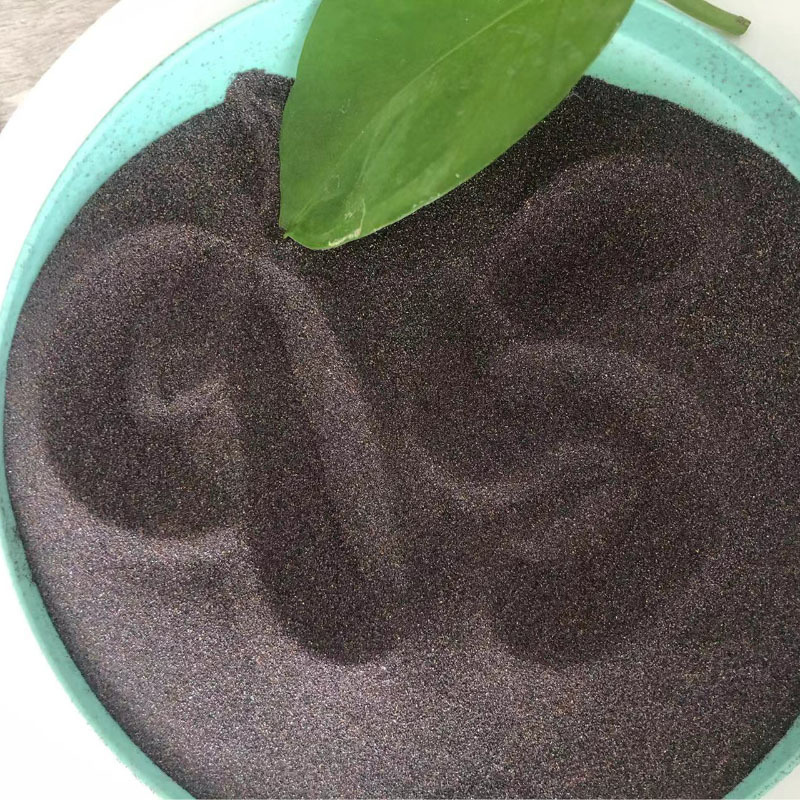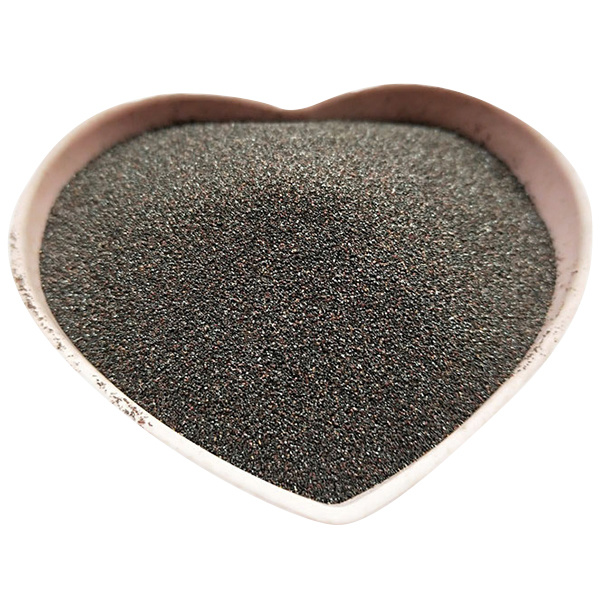Preparation method of titanium dioxide liquid
Release Time:
Aug 22,2024
Hydrolyzed titanium liquid: grind the titanium concentrate to a fineness of 325 mesh and the residue accounts for 4-15%.
Preparation of titanium liquid
Hydrolyzed titanium liquid: grind the titanium concentrate to a fineness of 325 mesh and the residue accounts for 4-15% (the fineness mainly affects the acidolysis rate. If the fineness is too coarse, the acidolysis rate is low; if it is too fine, as the acidolysis rate increases, there is a risk of boiling or explosion). Then use a pulse pneumatic conveying pump to send the crushed ore powder to the acidolysis station in batches; react the ground titanium concentrate with sulfuric acid to generate soluble solid phases such as titanium salts and iron salts, and extract the solid phase to obtain titanium sulfate solution and iron salt solution; then remove mechanical impurities and colloidal particles in the titanium liquid through sedimentation and pressure filtration to produce fully purified titanium liquid; mix the filtered clarified titanium liquid to obtain hydrolyzed titanium liquid.
Seed titanium liquid
Grind the titanium slag (or slag ore mixture) to a fineness of 325 mesh and the residue accounts for 3-15%, and then the crushed ore powder is sent to the acid hydrolysis station in batches by a pulse pneumatic conveying pump; the titanium slag is reacted with sulfuric acid to generate soluble solid phases such as titanium salts and iron salts, and the solid phases are leached to obtain titanium sulfate solution and iron salt solution; then the mechanical impurities and colloidal particles in the titanium liquid are removed by sedimentation and pressure filtration to produce fully purified titanium liquid; the filtered clarified titanium liquid is prepared to obtain a seed titanium liquid.
Keywords:
You Can Also Learn More About Industry Trends






